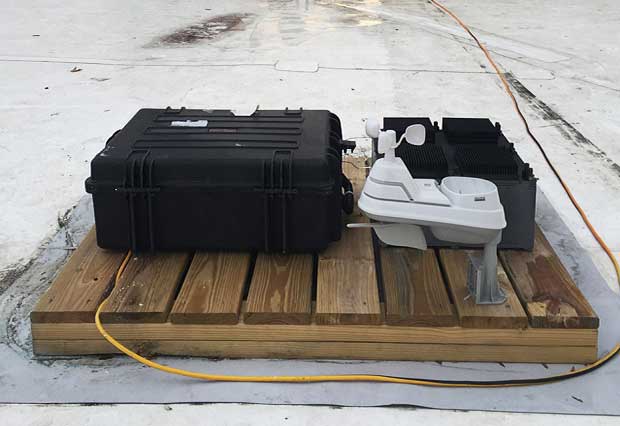A team of graduate students in MIT’s Department of Chemical Engineering has developed the thermal resonator prototype, a device that captures energy from swings of ambient air temperature.
A report in the journal Nature Communications showed evidence that thermoelectric devices can generate power when one side has a temperature that is different from that of the other side. In recent years, this idea has been a subject of much research, and graduate student Anton Cottrill and his team finally managed to make it work in actuality and not just in theory.
According to Michael Strano, one of the team members, “We are surrounded by temperature fluctuations of all different frequencies all of the time. These are an untapped source of energy.”
The team was the first to build the very first thermal resonator out of whole cloth. To date, the system generates a modest level of power but there are definitely advantages.
Pros of the Thermal Resonator
- Generates power without the need for direct exposure to sunlight
- Generates energy even in the shade as it relies heavily on ambient temperature changes
- Can be placed where it is convenient
- Not affected by short-term changes in the wind, cloud cover, and other environmental conditions
- Can draw away heat from solar panels when placed underneath, resulting in more efficient solar panels
What is even better is that the thermal resonator shows a potential to outperform a commercial pyroelectric material of an identical size. According to Cottrill, the difference is by a factor of more than 3 when calculated by power per area.
Challenge of Developing the Thermal Resonator
The biggest challenge is achieving the highest thermal effusivity. This refers to how a material can quickly adapt to the temperature around it, drawing heat or releasing it. It combines the properties of thermal capacity and thermal conduction.
The problem with most materials is that when one side is high the other tends to be low, as in the case of ceramics. The team needed to get around this to optimize thermal effusivity. The solution is a combination of three materials that ensure greater thermal conductivity and fast conduction.
The basic structure of the thermal resonator is made of a metal foam, graphene, and octadecane. According to Strano, the combined materials results in “the highest thermal effusivity material in the literature to date.”
How the Thermal Resonator Works
When heat is captured by one side of the thermoelectric device, it slowly radiates and goes through to the other side. As the system tries to reach equilibrium, one side always tends to lag behind, creating a perpetual difference that can be harvested using conventional thermoelectric devices.
While initial testing was done using ambient air temperature within a 24-hour cycle, it is possible for power to be generated from other kinds of temperature cycles by simply changing the materials used in creating a thermal resonator.
The heat generated from the on-off cycle of a machine’s or a refrigerator’s motor, for example, makes an ideal source.
As what Strano said, “We’re surrounded by temperature variations and fluctuations, but they haven’t been well-characterized in the environment.”
Now that a thermal resonator prototype has been invented and proven to work, these fluctuations and variations will soon be “untapped energy” no more.
